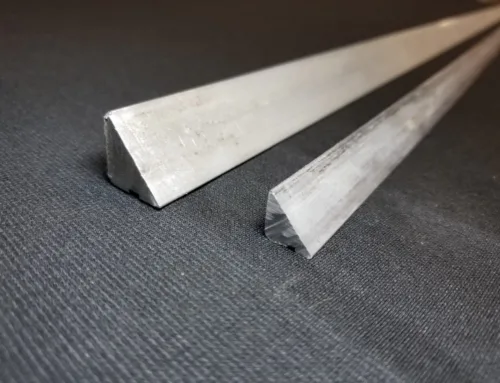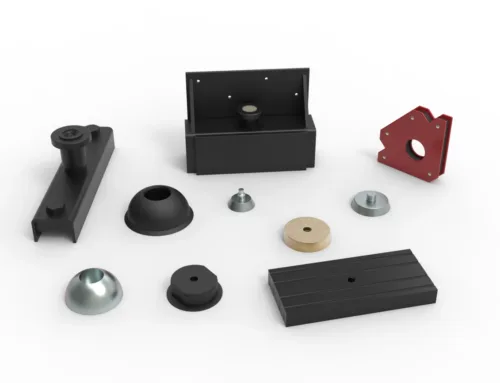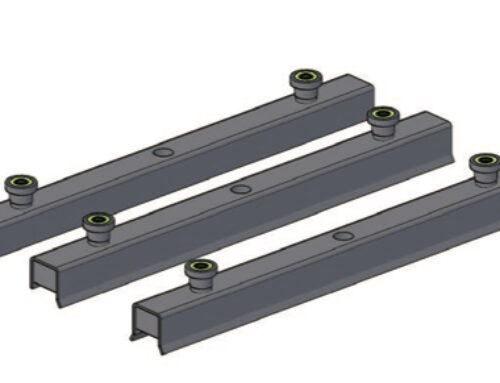Are you wondering, Is gold magnetic? It’s a common question with a surprisingly simple answer—but understanding why takes a little dive into the science of magnetism. Whether you’re a jeweler testing precious metals, a consumer curious about your gold jewelry, or an engineer working in electronics, knowing how gold interacts with magnetic fields can save you time and prevent costly mistakes.
In this post, you’ll get clear, straightforward answers about gold’s magnetic properties, why it behaves differently than metals like iron or nickel, and how this knowledge applies in real-world situations. Stick around to learn everything you need to know about gold’s magnetism—and how NBAEM’s expertise in magnetic materials can help you in your work or hobby. Let’s get started!
The Basics of Magnetism
Magnetism is a force that causes certain materials to attract or repel each other. It comes from the movement of electric charges, mainly the spin and motion of electrons inside atoms. When enough electrons align in a material, they create a magnetic field that can pull or push on other magnetic materials.
There are three main types of magnetic behavior in materials:
- Ferromagnetism: Strong attraction to magnets, seen in metals like iron, cobalt, and nickel. Here, magnetic moments of atoms line up in the same direction, creating a strong magnetic effect.
- Paramagnetism: Weak attraction to magnets, found in some metals and compounds where unpaired electrons respond slightly to magnetic fields but don’t keep magnetism once the external field is removed.
- Diamagnetism: Weak repulsion from magnetic fields, shown by materials like gold, copper, and silver. Diamagnetic materials create tiny currents inside that oppose the applied magnetic field.
Most metals respond to magnets in different ways depending on their atomic structure. Ferromagnetic metals are strongly magnetic, while diamagnetic metals like gold actually repel magnets, though very weakly. Understanding these differences is key when testing metals for their magnetic properties.
The Magnetic Properties of Gold

Gold is a diamagnetic metal, which means it repels magnetic fields instead of attracting them. Unlike ferromagnetic metals such as iron, gold’s electrons are arranged in a way that produces no permanent magnetic moment. When exposed to a magnetic field, gold actually creates a weak opposing field, pushing the magnet away.
Because of this, gold is not attracted to magnets at all. This is why when you bring a magnet near pure gold—like in jewelry or coins—it won’t stick or move toward the magnet. Instead, it will show no response or a very slight repulsion that’s too weak to notice without sensitive instruments.
There have been several experiments testing gold’s magnetic response. For example, placing gold near strong electromagnets or using magnetic susceptibility devices confirms its tiny repelling effect. In everyday use, though, gold behaves as a non-magnetic metal, which is often why magnets are used in simple tests to identify fake gold items, as fake metals may show magnetic attraction.
Comparison Gold vs Magnetic Metals

When we talk about magnetic metals, the usual suspects are iron, cobalt, and nickel. These metals are strongly attracted to magnets because of their atomic structure. Their electrons have unpaired spins that line up in the same direction, creating a magnetic field. This behavior is called ferromagnetism and is what makes these metals magnetic.
Gold, on the other hand, is very different. Its atomic structure has all its electron shells filled and paired up, which means there are no unpaired electrons to create a magnetic field. Because of this, gold is diamagnetic—it actually repels magnetic fields instead of being attracted to them.
This difference is key when trying to identify real gold versus magnetic metals. A magnet test can be a quick way to tell them apart—if the metal sticks to a magnet, it’s not gold. However, just because a metal isn’t magnetic doesn’t automatically mean it’s gold, so always use other tests alongside magnet testing for the best results.
Practical Uses of Gold’s Magnetic Properties
Gold’s non-magnetic nature plays an important role in several practical areas, especially in the U.S. market where quality and accuracy matter.
Jewelry and Hallmark Testing
Magnets are often used to test gold jewelry. Since gold is diamagnetic and not attracted to magnets, if a gold piece sticks to a magnet, it’s likely fake or mixed with magnetic metals. This quick test helps jewelers and buyers spot counterfeit gold without expensive tools.
Industrial Applications Involving Magnetism
In industries where magnetic properties affect performance, gold’s lack of magnetism is a big advantage. For example, gold is used in connectors and contacts where magnetic interference could cause problems. Its stable response in magnetic fields ensures reliability in sensitive equipment.
Electronics and Medical Fields
Gold’s non-magnetic behavior is crucial in electronics — it won’t interfere with signals or magnetic sensors. In medical devices, gold is safe around MRI machines and other equipment relying on strong magnets, making it a preferred choice for implants or connectors.
How NBAEM Supports Industrial Needs
At NBAEM, we understand how important these magnetic properties are. As a leading magnetic materials supplier in China, we provide a wide range of magnetic and non-magnetic metals, including high-quality gold and alloys. Our expertise helps U.S. industries get precise materials tailored for applications where gold’s unique magnetic traits matter.
If you’re working on a project requiring gold or other magnetic materials, NBAEM can help you find exactly what you need. Reach out to us for reliable supplies and expert advice.
Misconceptions About Gold and Magnetism
There’s a common myth that gold is magnetic, but that’s not true. Gold is a diamagnetic metal, which means it actually repels magnetic fields instead of being attracted to them. So, if you hear someone say gold can be pulled by a magnet, they’re mistaken.
Another confusion comes from using magnets to test if gold is real. Some people believe that if gold sticks to a magnet, it’s fake. While this can be true, it’s not a reliable test on its own. Real gold doesn’t react to magnets, but fake gold or gold-plated items often have magnetic metals mixed in, which causes them to be attracted.
If your gold item does respond to a magnet, it’s likely not pure gold. Here’s what you can do:
- Check for other test methods like acid tests or professional appraisals.
- Consider that the piece might be gold-plated or mixed with magnetic metals.
- Don’t rely solely on magnets to verify gold authenticity.
Understanding these points helps avoid misleading assumptions and ensures you know how to properly identify real gold.
How NBAEM Supports Your Understanding of Magnetic Materials
At NBAEM, we bring years of experience supplying high-quality magnetic and non-magnetic materials, including metals like gold and others used across industries. Whether you need materials with specific magnetic properties or pure non-magnetic metals, we’ve got you covered.
We work closely with customers in the U.S. to provide reliable products tailored to your needs—whether it’s for jewelry testing, industrial uses, or electronics where gold’s unique diamagnetic nature matters.
If you’re looking for trusted magnetic materials or want to learn more about how gold and other metals respond to magnets, reach out to NBAEM. Contact us today for expert advice or to discuss your supply needs. We’re here to help you get the right materials for your application.





Leave A Comment